Sunday, 19/05/2024 | 08:37 GMT+7
In
As reported by the Bac Ninh Department of Natural Resources and Environment, dust concentration at all locations measured in Dai Bai copper-casting village is 2.6 to 4 times higher the permitted levels. Similarly, at Van Mon village, dust concentration is almost five times larger than the limit.

In order to lessen the current pollution severity in these villages, in 2009, the project to “Support 6 demonstration models of treating emission pollution at non-ferrous metal recycling villages in the province”, funded by grant aid from the Japanese Government, was carried out at 6 non-ferrous metal recycling co-operatives in 3 communes: Van Mon (Yen Phong), Dai Bai (Gia Binh), and Quang Bo (Luong Tai).
Exhaust gas treatment equipment installed at these co-operatives was provided by Environmental Equipment JSC (Ha Noi) and was undergoing examinations and practical tests at the Center for Science Technology and Environment of Vietnam. In a short period of time, the models are now complete and already in operation.
According to specialized agencies, emission treatment technology currently applied in these models is the solution of circulating absorption and diffusion with wet-type dust filtration device. Emission in the entire production process, including dust, steam, heavy metals and mixtures of CO2, SO2 … is drawn through the pipe tower due to the difference of natural pressure and pressure on the top of the tower system where the suction ball is installed.
After passing the tower, impurities such as dust, heavy metals, and toxic fumes will sink to the bottom of the tank containing the circulating solution, releasing clean air into the environment. The absorption solution will be circulated inside the towers by pumps. After every two months of operation, the sludge at the bottom of the tank will be discharged.
Analysis reveals that the discharge sludge comprise of CaCO3, CaSO4 and other Nitrogen compounds, etc and is not dangerous to the environment. They can be mixed with waste coal ash to make non-heated bricks or other products.
Mr. Nguyen Long, president of a copper and aluminum casting co-operative at Dai Bai is assisted in investing and building the environmental pollution treatment at non-ferrous metal recycling trade village treatment from the project. As he noted, this method is very effective. In the past, the workers have to work in an environment filled with exhaust gas, but since the gas treatment operation was implemented, these emissions basically have been dealt with (approximately 90%). Working environment for workers at his copper casting workshop has indeed improved dramatically.
As estimated, the initial investment for an exhaust gas treatment system is about VND400 million.
By Tran Quy
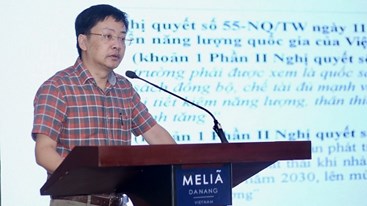
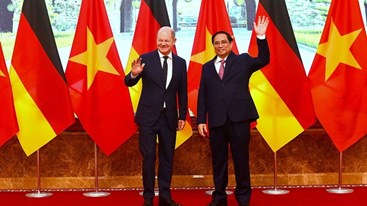
.png?w=367&h=206&mode=crop)
.jpg?w=367&h=206&mode=crop)
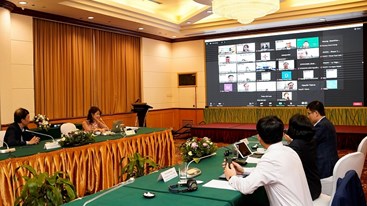
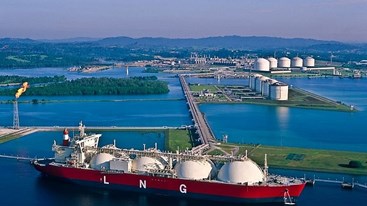
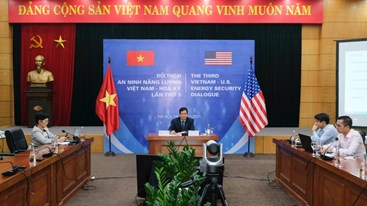
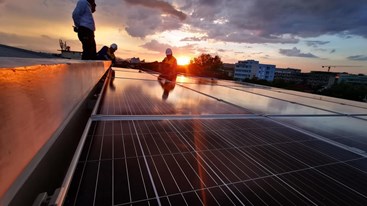
.jpg?w=367&h=206&mode=crop) Energy efficiency and conservation usage is an important aspect of the national energy development strategy
05/03/2024
Energy efficiency and conservation usage is an important aspect of the national energy development strategy
05/03/2024
 Challenges and Opportunities to promote energy efficiency market in Vietnam
Challenges and Opportunities to promote energy efficiency market in Vietnam
 The Ministry of Industry and Trade requests government agencies to coordinate in organizing Earth Hour 2024
The Ministry of Industry and Trade requests government agencies to coordinate in organizing Earth Hour 2024
 Consultation on Energy Efficiency Boiler Catalogue and Wood Drying Guideline
Consultation on Energy Efficiency Boiler Catalogue and Wood Drying Guideline
.png?w=367&h=206&mode=crop) Request for expression of interest - C2.1.13: Capacity Building on energy efficiency policies development
Request for expression of interest - C2.1.13: Capacity Building on energy efficiency policies development
 Son Ha Co., Ltd, applies energy efficiency and conservation measures
Son Ha Co., Ltd, applies energy efficiency and conservation measures
 Phuc Kien Co., Ltd., is effectively implementing energy-saving measures
Phuc Kien Co., Ltd., is effectively implementing energy-saving measures
 Request for expression of interest - C2.1.12: Independent monitoring of safeguards implementation
Request for expression of interest - C2.1.12: Independent monitoring of safeguards implementation